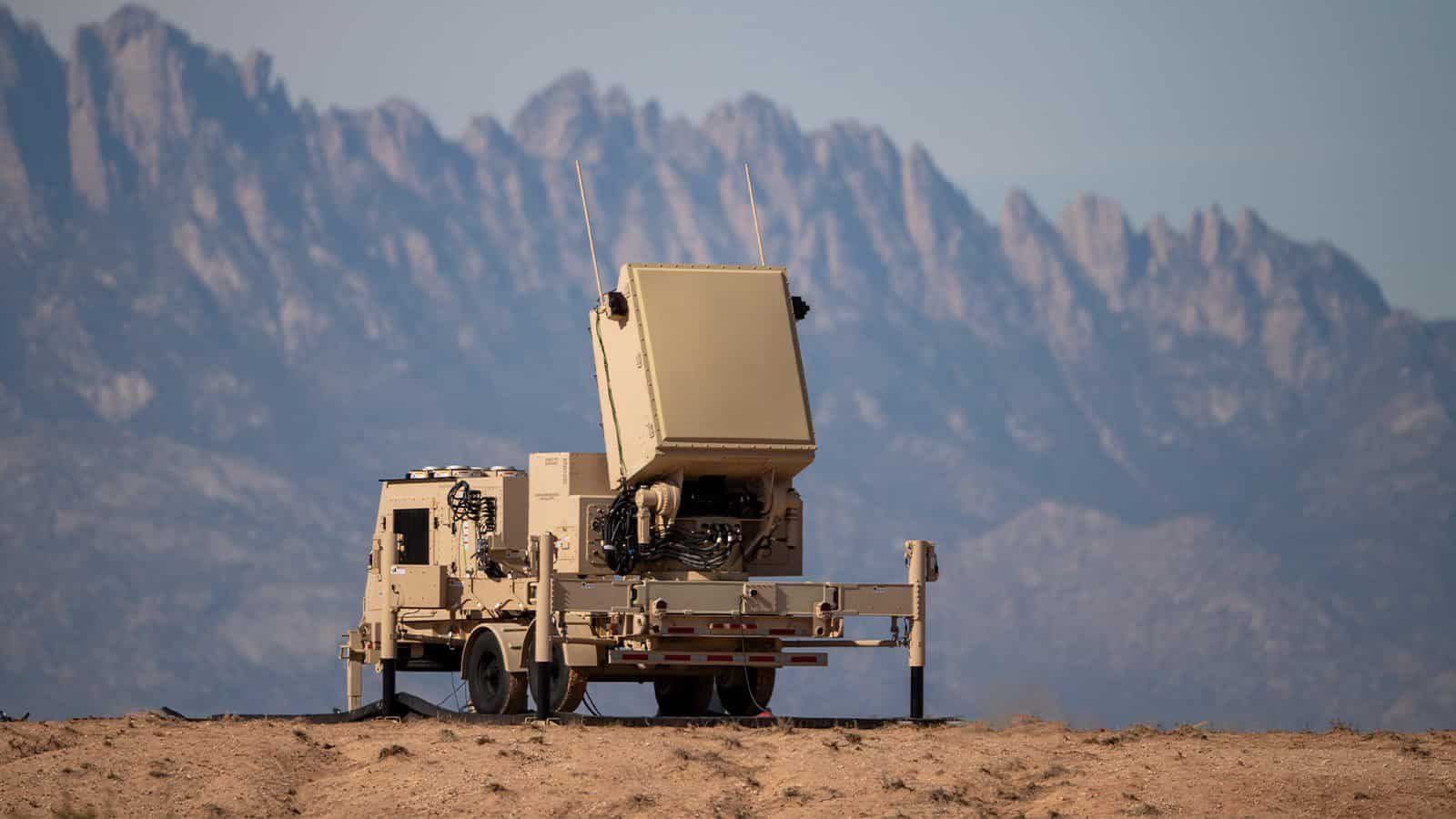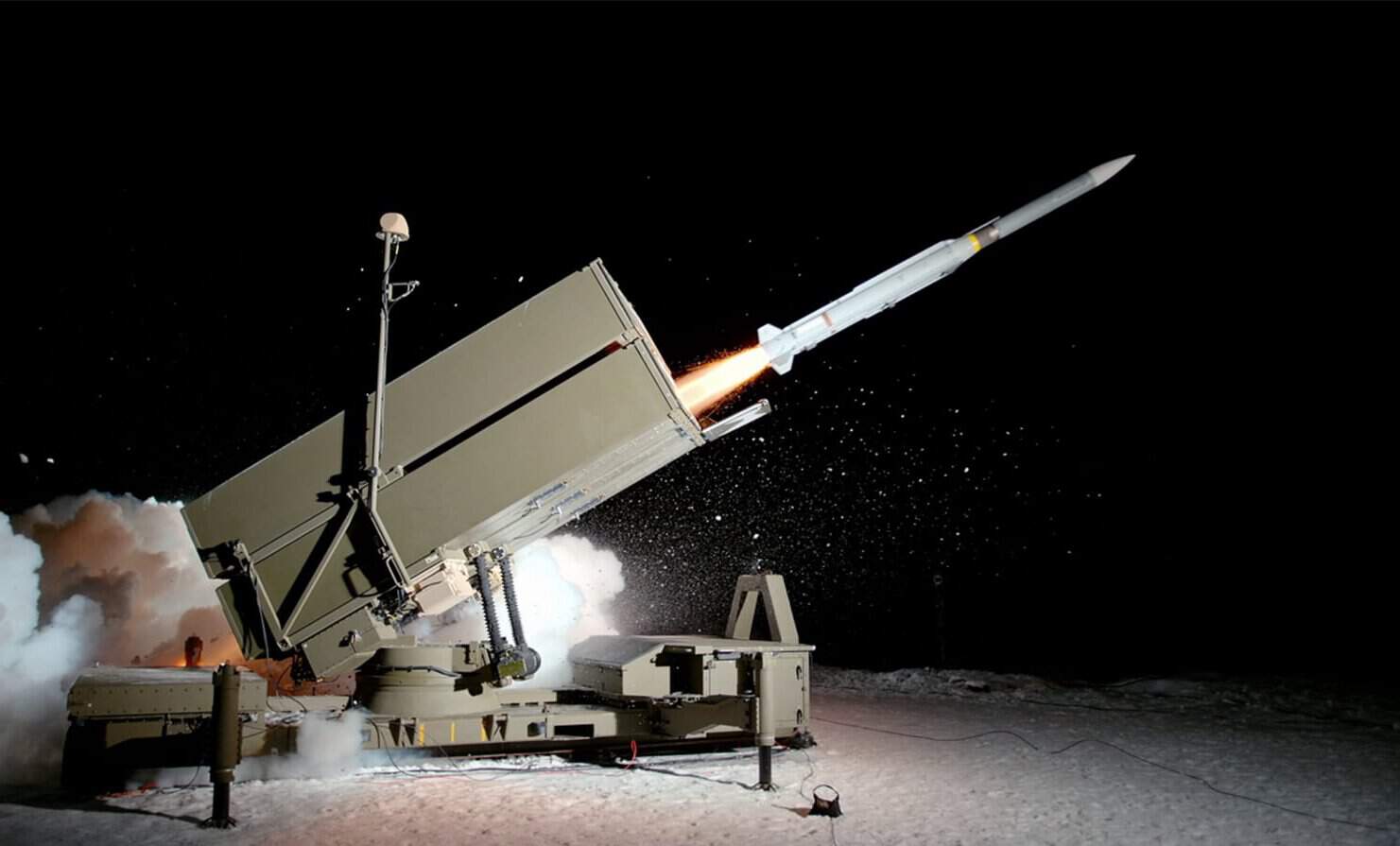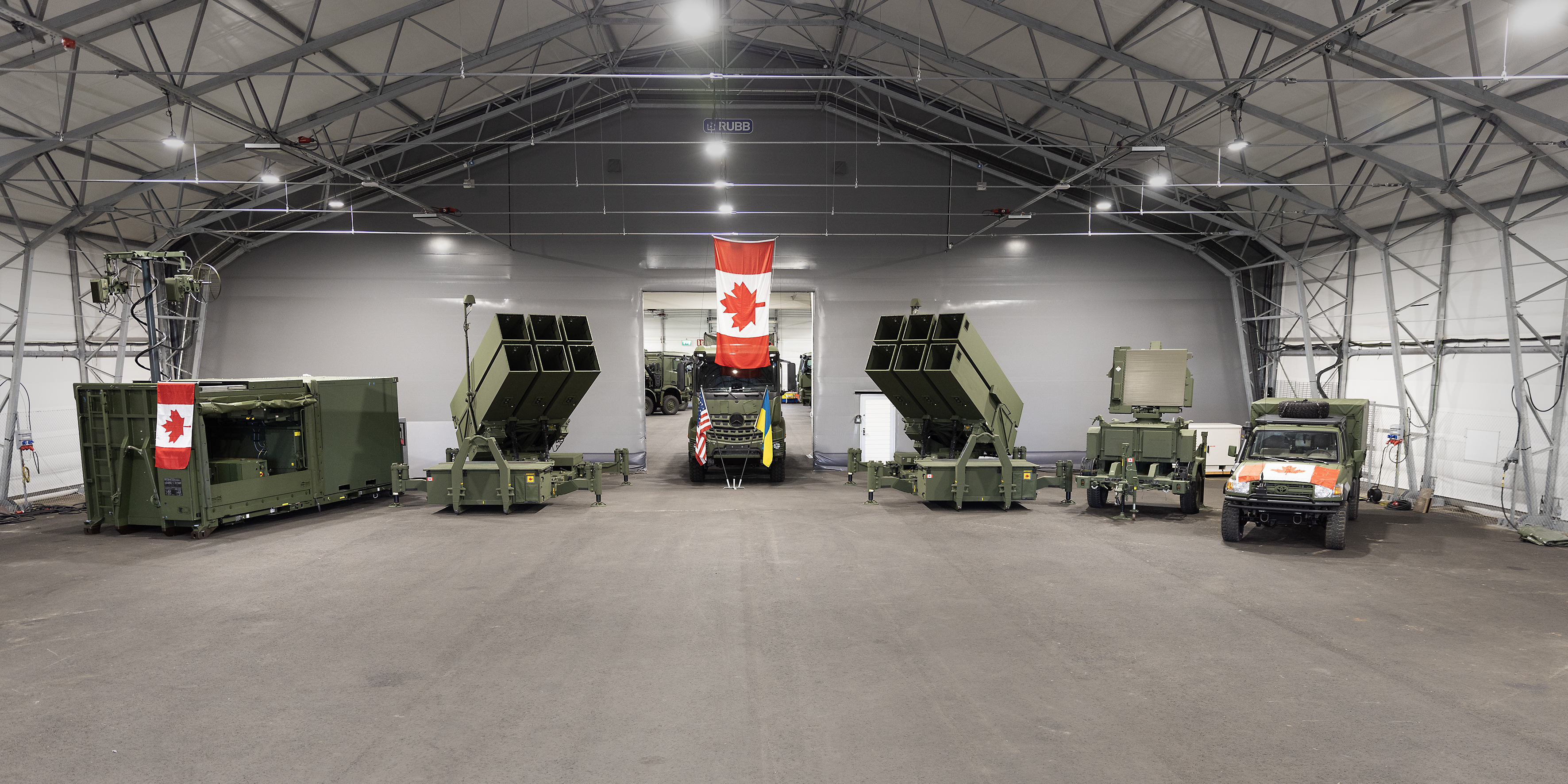Te már csak tudod!Ennek a fele se igaz.

Részletezd már, hogy melyik fele és támaszd is alá!

Te már csak tudod!Ennek a fele se igaz.







Tajvan is NASAMS-et vesz...

US approves sale of air defense and radar systems to Taiwan - Militarnyi
The U.S. Department of State has approved the possible sale of anti-aircraft missile systems and radars to Taiwan.mil.in.ua
De miért???Tajvan is NASAMS-et vesz...

US approves sale of air defense and radar systems to Taiwan - Militarnyi
The U.S. Department of State has approved the possible sale of anti-aircraft missile systems and radars to Taiwan.mil.in.ua



miért ne? Mert te nem szereted?De miért???
Már nekik is elment az eszük?

Félig norvég.miért ne? Mert te nem szereted?
Amúgy nincs sok alternatívájuk: USA-n kívül nem sok ország hajlandó fegyvert eladni a Tajvannak.
Nem mondod?!Félig norvég.

Azért meg vannak a rendszer előnyei, amik főleg az ő esetükben fontos lehet pl. egy Patriot-al szemben:De miért???
Már nekik is elment az eszük?
Azaz csak le kell skalazniuk kisse meretben. Errol amugy volt mar szo korabban, az ER tobbet kivan, mint a jelenlegi. Nem lett mar a GhostEye amugy hozzaadva az amerikaiak altal?
Raytheon to develop new radar for NASAMS - Militarnyi
Raytheon and Kongsberg Defense & Aerospace will jointly develop a new radar based on the existing GhostEye station specifically for NASAMS.mil.in.ua
NASAMS esetében a tűzelosztó központon keresztül az indítón továbbítva a rakéta bárhonnan kaphat céladatot. Akár ELM radartól is. Sőt, még radarnak sem kell lennie a forrásnak. Az AMRAAM-nak van egy igen fejlett INS rendszere. Tudja, hol van ahhoz képest, ahonnan indították, megkapja a cél relatív adatait (koordináták, vektorok) és kiszámolja maga a pontot ahová tart (ez lehet a találkozási pont, vagy a találkozási pont és a cél helyzetének felező pontja stb. ez titok). A Sentilel radar valóban elégtelen az ER-hez egyébként.Azaz csak le kell skalazniuk kisse meretben. Errol amugy volt mar szo korabban, az ER tobbet kivan, mint a jelenlegi. Nem lett mar a GhostEye amugy hozzaadva az amerikaiak altal?




A működés biztosítása érdekében a fórum alapvető, illetve opcionális sütiket használ..
